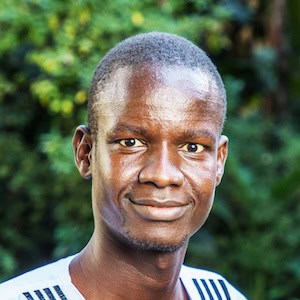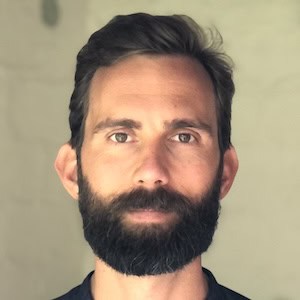-
Comply or Explain: Corporate India takes on a new model of CSR
Corporations and NGOs are still working to interpret and implement India’s Companies Act, which requires corporations to spend 2 percent of their average net profits on corporate social responsibility. The law affects about 8,000 companies that will spend a combined total of about $3.2 billion. The Companies Act was the centerpiece of the 2nd Global Conference on CSR in India last week.
- Categories
- Uncategorized
-
Watch the Replay of our Latest Google Hangout: ANDE’s Randall Kempner on what’s ahead for SGBs
Last month, the Aspen Network of Development Entrepreneurs celebrated its fifth anniversary. Where does the small and growing business and its investment community go from here, and what will be ANDE’s role in getting us there? We’ll ask those, and hopefully some of your questions, to ANDE Executive Director Randall Kempner in another of our Google Hangout chats.
- Categories
- Investing
-
Filling In the Gaps: Ethiopian entrepreneur launches phone-based medical consultation service
Dr. Yohans Emiru Wodaje Wodaje wanted to launch a website that would provide information on medical topics in different local languages in Ethiopia. Recognizing that more people had access to mobile phones than the Internet, Wodaje decided to switch lines to a phone-based medical consultation service.
- Categories
- Health Care
-
Insights from Everyday Entrepreneurs: In Accion’s inaugural Orange Book, very small businesses share their stories
Very small businesses—those with five employees or less—represent over 90 percent of all small businesses in the U.S. As economic drivers in their communities, these businesses have valuable perspectives on entrepreneurship and the economy. Accion has released the Orange Book, a compilation of quantitative and anecdotal data sourced from these everyday entrepreneurs.
- Categories
- Uncategorized
- Tags
- microfinance
-
‘Maybe It’s Time We Start Behaving Like a Business’: The struggle of one microfinance institution to balance its social impact with its bottom line
La Ceiba designed its microfinance programs and policies around the needs and capabilities of its clients - even when this conflicted with the best interest of the institution. But now, its interest income isn’t covering its loan loss, putting its survival in doubt. La Ceiba’s loan program leader offers a frank assessment of its struggle to balance social impact with business needs.
- Categories
- Environment, Impact Assessment
-
NexThought Monday: Who will grab the fortune at the base of the pyramid?
In a recent post on NextBillion, Stuart Hart, who co-authored The Fortune at the Bottom of the Pyramid with C. K. Prahalad, wrote with concern about the potential of creating disruptive innovations for poor customers that can trickle up to Western markets. We don’t believe Professor Hart has anything to worry about — because major corporations have demonstrated no meaningful interest in the bottom-of-the-pyramid market. And we don’t think they’re likely to do so in the future, either.
- Categories
- Uncategorized
-
Weekly Roundup – 4/19/2014: There’s never been a better time for quantum leaps in global health
The cell phone business skipped several evolutionary steps in the developing world. Who’s to say global health care can’t follow suit?
- Categories
- Education, Health Care, Technology, Telecommunications
-
Introducing the Council on Smallholder Agricultural Finance: The group’s seven social lenders collectively lent $360M in 2013
Root Capital and six other social lenders recently announced the launch of the Council on Smallholder Agricultural Finance (CSAF), an industry alliance committed to promoting the development of the smallholder agricultural financial market. The $360 million collectively disbursed by the seven CSAF members in 2013 is just a drop in the bucket relative to the vast unmet need, but we’re optimistic that it’s the start of something much larger.
- Categories
- Agriculture









